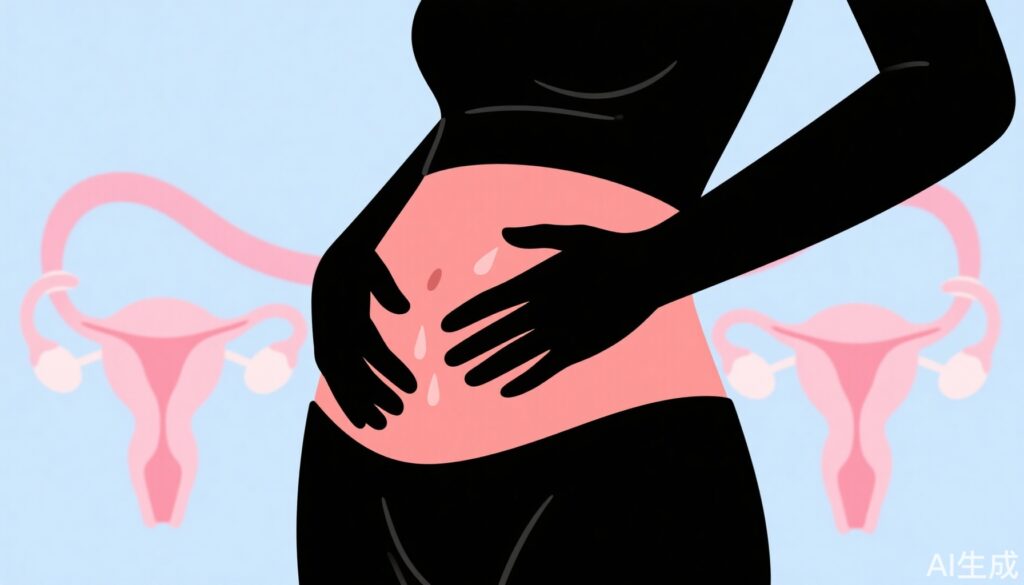Introduction to Pelvic Inflammatory Disease (PID)
Pelvic inflammatory disease (PID) is a common gynecological condition characterized by infection and inflammation of the female reproductive organs within the pelvic cavity. This includes the uterus, fallopian tubes, and ovaries. PID is usually caused by bacteria, viruses, or other microorganisms that ascend from the vagina or cervix, spreading upward through the reproductive tract. Recognizing the symptoms early is crucial for timely treatment and prevention of serious complications such as infertility or chronic pelvic pain.
The Three Most Obvious Symptoms of Pelvic Inflammatory Disease
1. Lower Abdominal Pain and Discomfort
One of the hallmark symptoms of PID is pain or discomfort in the lower abdomen. This pain can vary in intensity and quality, ranging from dull and aching to sharp or cramping sensations. Some women may experience only mild discomfort, while others suffer from severe pain that can interfere with daily activities. The pain often worsens during urination, bowel movements, sexual intercourse, or menstruation. It may also radiate to the lower back, hips, or thighs, significantly affecting a patient’s quality of life and physical function.
2. Abnormal Vaginal Discharge
Women with PID commonly notice changes in vaginal discharge. Normally, vaginal secretions are clear or whitish and odorless. However, an infection can cause the discharge to increase in volume, change color, and develop an unpleasant odor. The discharge may become cloudy, yellowish, or greenish and sometimes emit a foul smell. Additionally, some patients experience urinary symptoms such as difficulty urinating, frequent urination, or urgency due to the inflammation extending to the urethra.
3. Fever and General Malaise
Infections causing PID often trigger a systemic inflammatory response, leading to fever and overall feelings of illness. The fever may be mild or high, depending on the severity of the infection. Patients might feel tired, weak, and display symptoms such as loss of appetite, headaches, nausea, and vomiting. If left untreated, PID can progress to serious complications like abscess formation or pelvic peritonitis, which manifest with more severe symptoms.
Other Possible Symptoms and Considerations
Aside from the three primary signs, some women may experience additional symptoms such as painful intercourse, irregular menstrual cycles, a sensation of pelvic pressure, or cloudy urine. It is important to note that PID can also be asymptomatic or present with very mild symptoms, a condition known as subclinical or asymptomatic PID. This silent form can delay diagnosis and treatment, increasing the risk of long-term reproductive complications.
Importance of Regular Gynecological Exams
Because PID can sometimes be asymptomatic or have subtle symptoms, regular gynecological check-ups are essential, especially for women at higher risk of pelvic infections. Early detection through pelvic exams, laboratory tests, and imaging studies can facilitate prompt treatment and reduce the chance of complications.
Summary
Pelvic inflammatory disease is a prevalent infection of the female reproductive tract that manifests with varying symptoms depending on the individual and disease severity. The three most noticeable signs are lower abdominal pain, abnormal vaginal discharge, and systemic symptoms such as fever and malaise. If you experience these symptoms, it is important to seek medical attention promptly to receive appropriate treatment and prevent further health issues. Regular gynecological care plays a critical role in early diagnosis and maintaining reproductive health.



